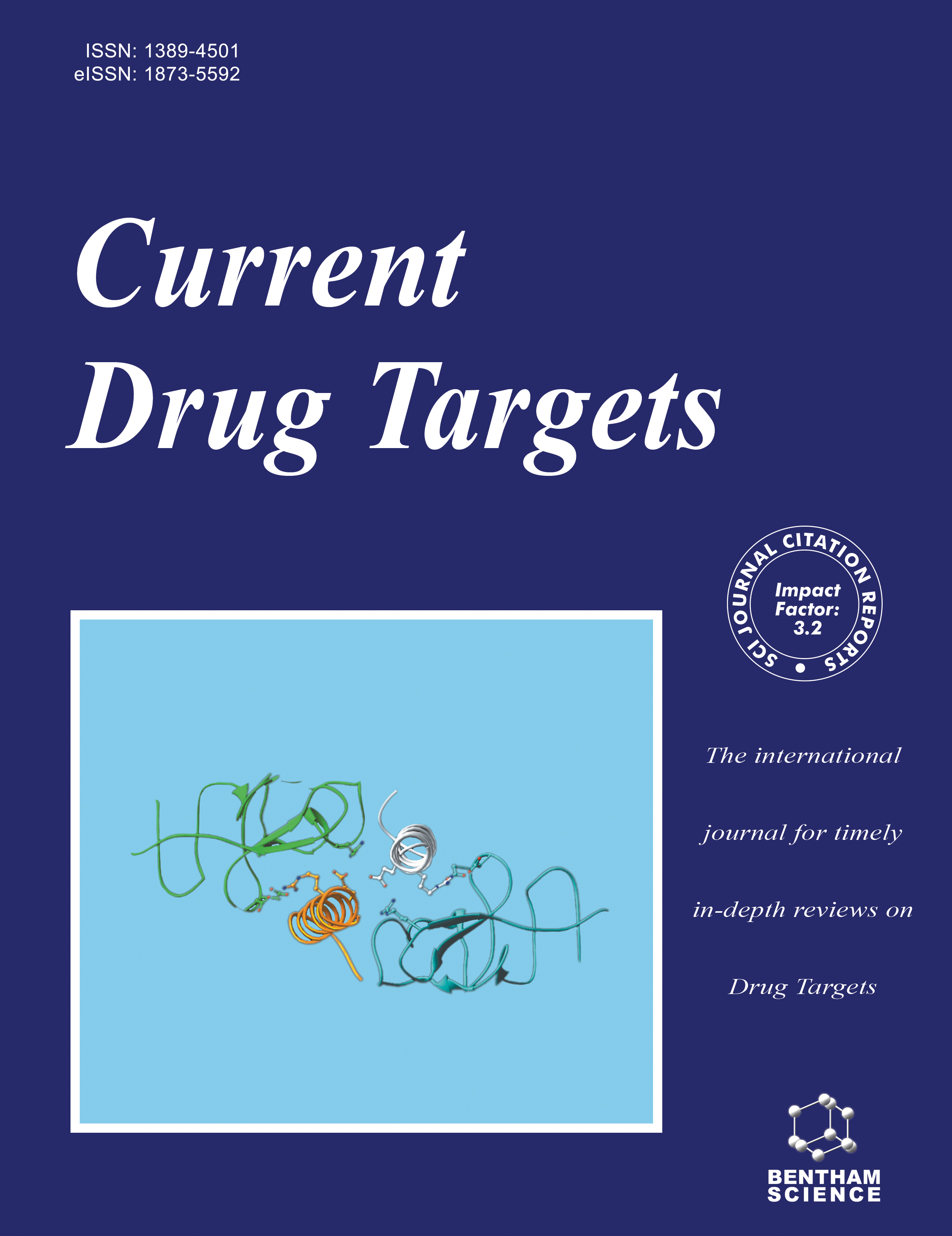
Full text loading...
Epilepsy is a multifaceted neurological disorder marked by seizures that can present with a wide range of symptoms. Despite the prevalent use of anti-epileptic drugs, drug resistance and adverse effects present considerable obstacles. Despite advancements in anti-epileptic drugs (AEDs), approximately 20-30% of patients remain drug-resistant, highlighting the need for innovative therapeutic strategies.
This study aimed to explore advancements in epilepsy diagnosis and treatment utilizing modern technology and medicines.
The literature survey was carried out using Scopus, ScienceDirect, and Google Scholar. Data from the last 10 years were preferred to include in the study.
Emerging technologies, such as artificial intelligence, gene therapy, and wearable gadgets, have transformed epilepsy care. EEG and MRI play essential roles in diagnosis, while AI aids in evaluating big datasets for more accurate seizure identification. Machine learning and artificial intelligence are increasingly integrated into diagnostic processes to enhance seizure detection and classification. Wearable technology improves patient self-monitoring and helps clinical research. Furthermore, gene treatments offer promise by treating the fundamental causes of seizure activity, while stem cell therapies give neuroprotective and regenerative advantages. Dietary interventions, including ketogenic diets, are being examined for their ability to modify neurochemical pathways implicated in epilepsy.
Recent technological and therapeutic developments provide major benefits in epilepsy assessment and treatment, with AI and wearable devices enhancing seizure detection and patient monitoring. Nonetheless, additional study is essential to ensure greater clinical application and efficacy. Future perspectives include the potential of optogenetics and advanced signal processing techniques to revolutionize treatment paradigms, emphasizing the importance of personalized medicine in epilepsy care. Overall, a comprehensive understanding of the multifaceted nature of epilepsy is essential for developing effective interventions and improving patient outcomes.

Article metrics loading...

Full text loading...
References


Data & Media loading...

